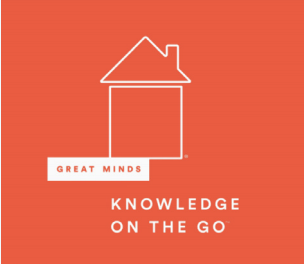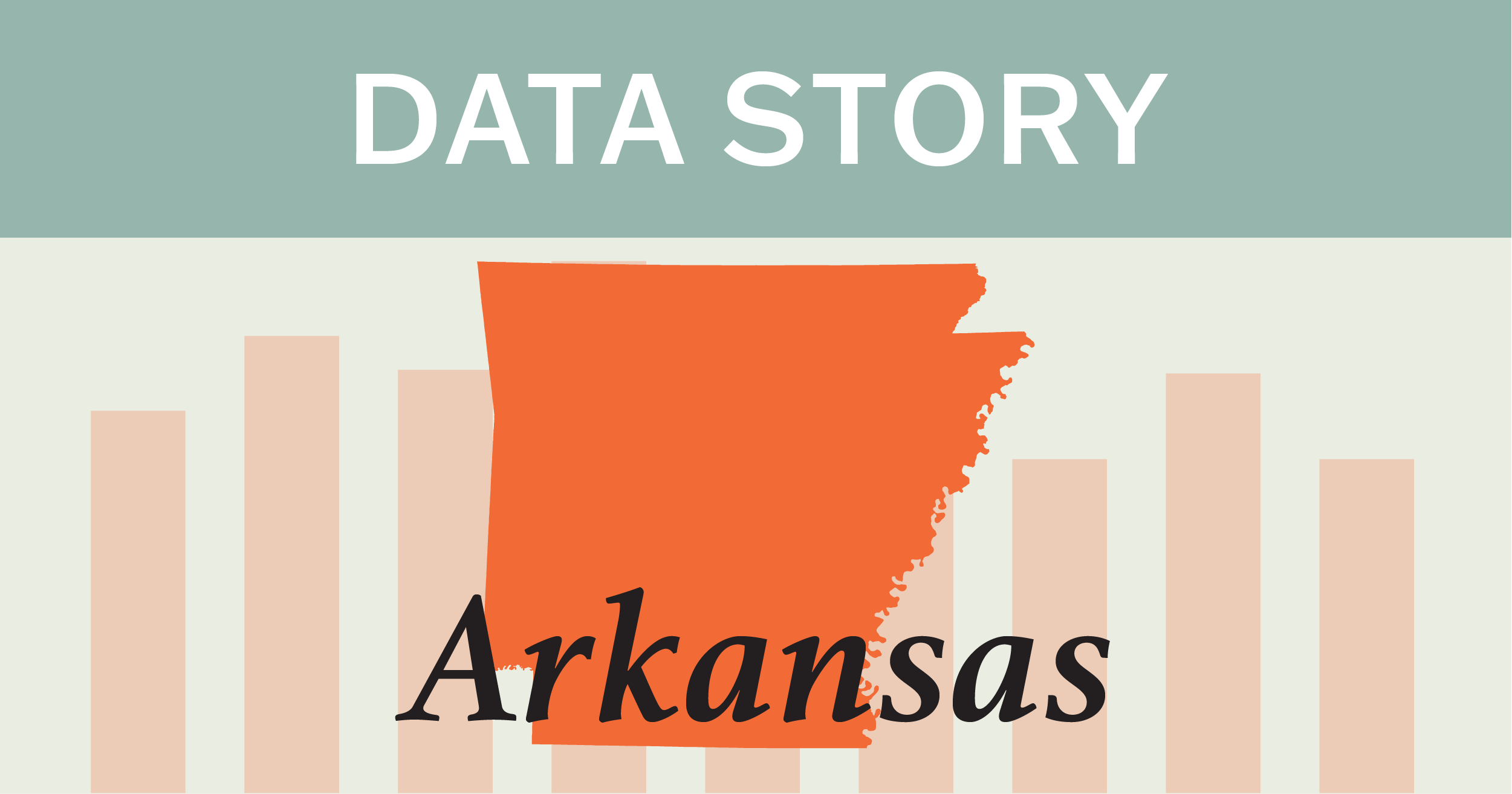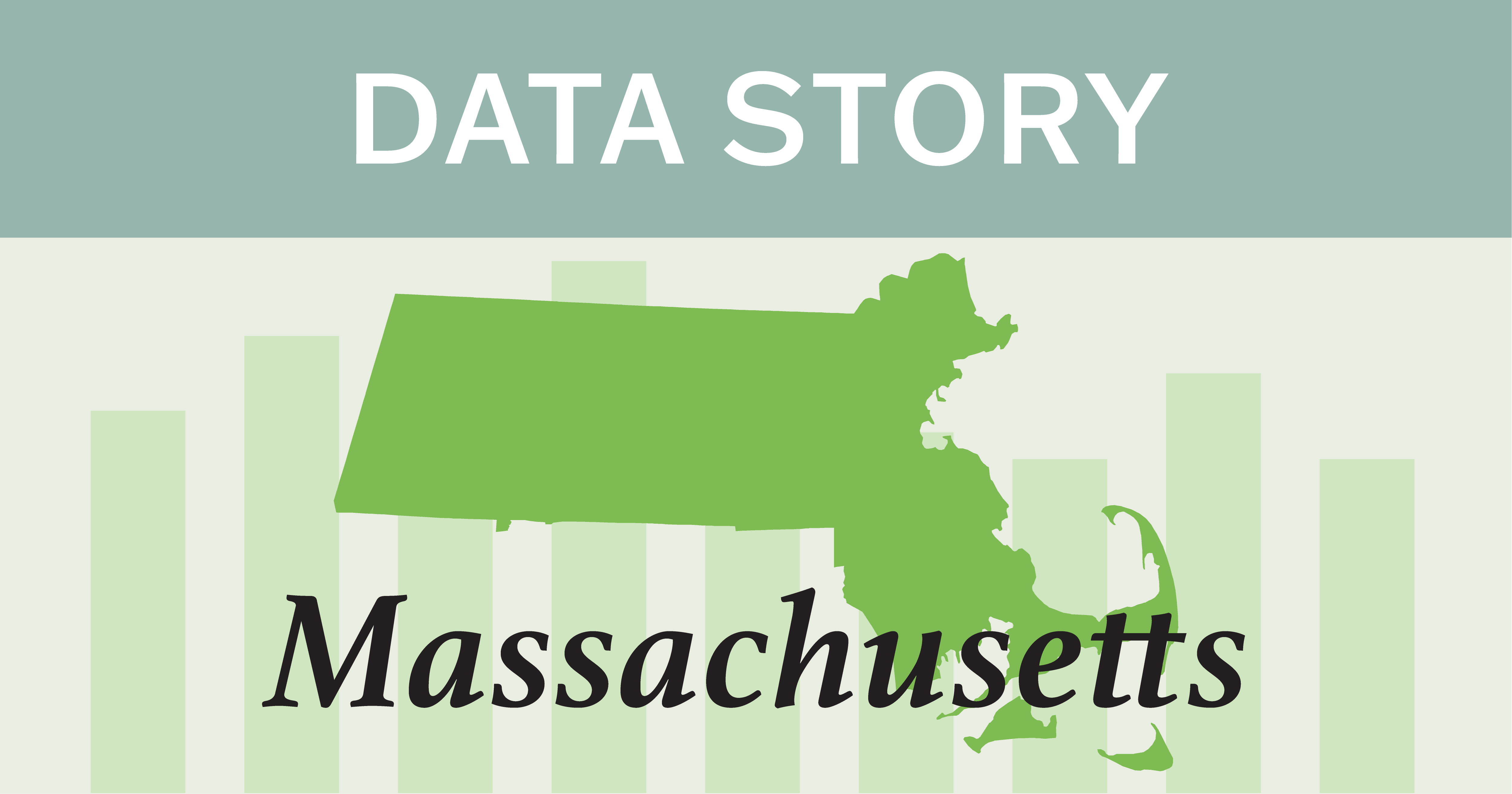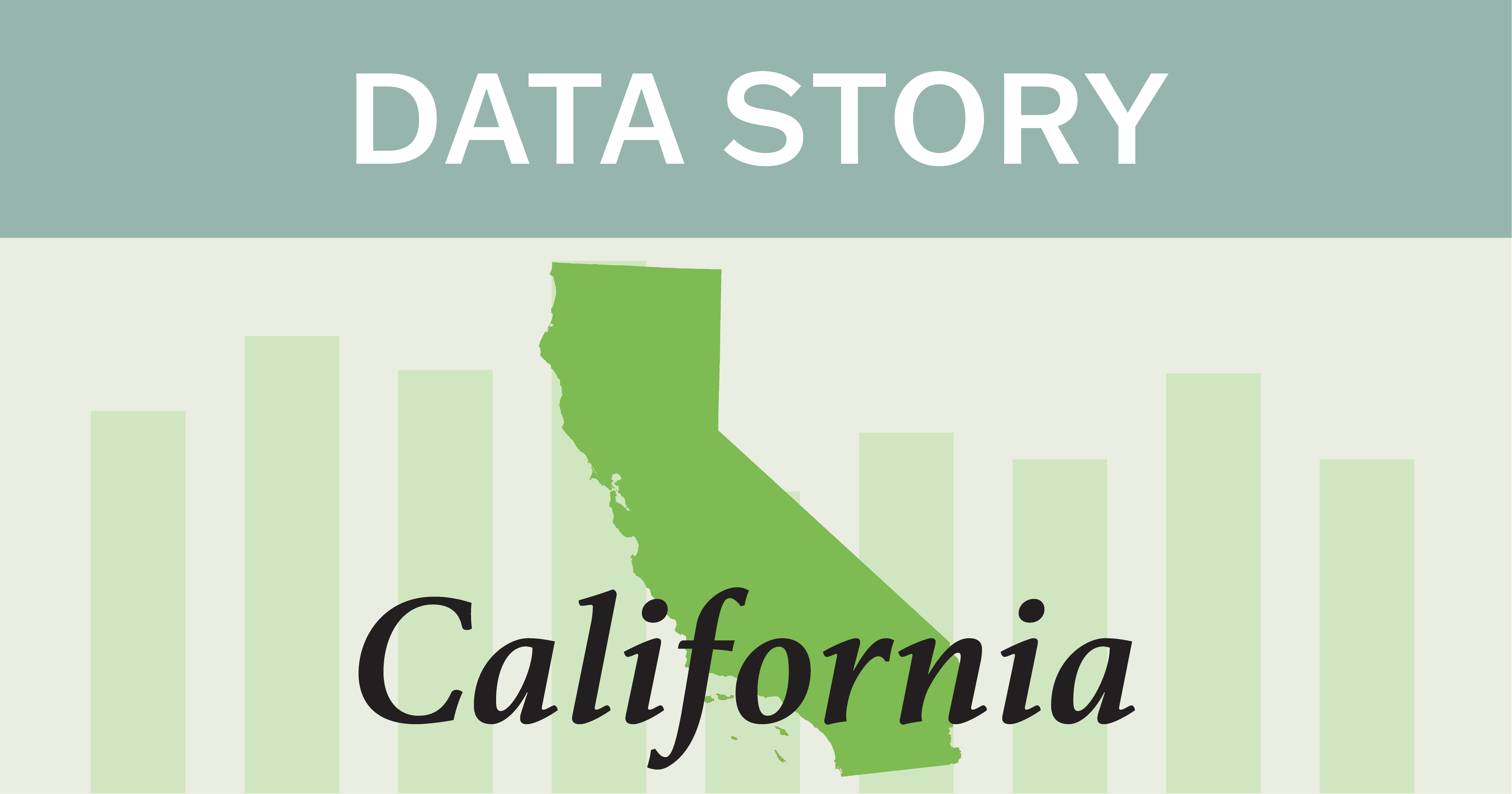Posted in: Aha! Blog > Eureka Math Blog > Data Stories High-Quality Curriculum > Leading Public Charter Network Embraces Rigorous ELA and Math Curricula
IDEA Public Schools is one of the largest and most successful public charter networks in the
country. Started in 2000 in the Rio Grande Valley in Texas, IDEA now teaches over 45,000
mostly low-income students in 96 schools in Texas and southern Louisiana. For the past 13
years in a row, 100 percent of its graduating seniors have been accepted to college, many
the first in their families to attend.
Not surprisingly, when IDEA leaders were seeking new English language arts and math
curricula in 2018, they had very high standards. Wit & Wisdom® and Eureka Math® fit the
bill.
IDEA PUBLIC
SCHOOLS PROFILE
96 schools
45,000+ studentsAdopted Eureka Math
(K–Grade 5) and Wit &
Wisdom (Grades 2–8) in
2018–2019 school year
The schools previously used a hodge-podge of instructional resources, including Everyday Mathematics and enVision Mathematics. “When I was a sixth grade teacher, it seemed like we had four different math curricula in four or five years,” recalls Julia Alvarez, director of mathematics. In English, teachers were on their own, basically planning their own lessons, with little coherence or equity across schools or classrooms.
RIGOR AND KNOWLEDGE BUILDING
Wit & Wisdom and Eureka Math have changed that. Alvarez and Colleen Stearns, director of ELA, both appreciate the rigor of these curricula and their focus on building students’ content knowledge. For example, after visiting a Grade 1 class that uses Eureka Math in Skokie, Illinois, as part of their adoption process, Alvarez recalls one of her colleagues exclaiming, “These first graders will give some of my Advanced Placement statistics students a run for their money!”
Wit & Wisdom brought its own advantages.
“Wit & Wisdom totally addresses my theory of curriculum design: knowledge building,” Stearns says. “The research doesn’t lie. Students who can think, write, and talk about ideas do better.” She adds that Wit & Wisdom’s emphasis on building students’ cultural literacy is a major added benefit. “One hundred percent of our students go to college. Many haven’t had the same cultural experiences. Wit & Wisdom’s texts and the art help fill their cultural capital gaps.”
IDEA student results on the Texas state achievement test have been mixed; students have shown record gains between Grade 2 and Grade 3 in math and flatter performance in the other grades and in ELA. But the curriculum directors point to other, more compelling evidence than standardized test scores: the improved quality of the student conversations in both math and English, the level of engagement, and dramatic improvements in student writing.
TEACHING TEACHERS TOO
Stearns and Alvarez both stress that the curricula materials are not just helping students master the content; they’re teaching teachers too. “Eureka Math is an educative curriculum that teaches teachers how to do math,” Alvarez says. That feature is especially important for IDEA, given that the vast majority of their teachers are novices, with an average of only two years’ experience. “Having a high-quality curriculum means they can focus on mastering the craft of instruction, not creating or searching for curriculum,” Stearns says.
Using Knowledge on the Go™ During the Pandemic
IDEA schools have embraced Knowledge on the Go, the online video lessons and resources Great Minds is providing during the coronavirus pandemic. “We are all-in with the Knowledge on the Go lessons through the remainder of the 2019–2020 school year,” says Colleen Stearns, director of ELA. “Our curriculum team is still aligning each of the lessons with the Texas standards, supporting teachers with a scope and sequence of which lessons to implement on which day, and providing suggestions for lesson assessments. Our work looks similar to what we did pre-COVID, while the teachers’ delivery method has shifted.”
Stearns anticipates IDEA will begin next school year with distance learning, but she hopes to stick closely to the Wit & Wisdom scope and sequence regardless. She and her team will work with teachers to transform some of the early modules for online delivery, as needed.
IDEA provides extensive teacher support. In ELA, teachers receive a three-to-four-day introduction to the materials, plus four days of training during the year to unpack the modules. Stearns says the focus is on helping teachers review and score student work. Leading classroom teachers in each of the seven regions, reinforced by Stearns’ staff, conduct the grade-level training. Instructional leaders in each school, such as assistant principals and coaches, meet monthly to dig into the curriculum.
“It’s really important that districts’ schools put their stamp on this and own the curriculum. We’re all learners and need to adjust our work based on what we’re seeing with students,” Stearns says.
IDEA also receives extensive support from Great Minds® in math. All administrators attend special professional development sessions that help them understand the curriculum’s design and teach them how to guide schools in implementation. Instructional staff members attend other sessions that familiarize them with the curriculum and help them launch it successfully in the classroom.
Alvarez says many of her teachers were afraid of teaching math—not unusual for elementary school teachers who did not major in the subject. She says that the anxiety lessens once they see the arc of the lessons through the year, how they build from grade to grade, and how they align with the Texas standards and tests.
One of her own “aha” moments came in January 2020 after she returned from a three-month maternity leave. She walked into a large training session and noticed a lot of teachers who were assigned to new grades from the previous year. “The room was so chill and so different. Last year we were going so fast. This year we were into customization and prep. We used to hear, ‘Math is not my subject.’ We’re not hearing that anymore. Instead they’re taking the lessons and making them their own,” Alvarez says.
Submit the Form to Print
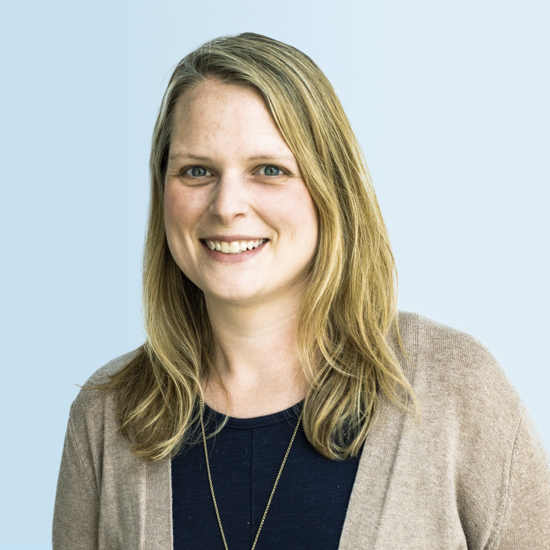
Jenny Taylor
Jenny has over a decade of experience in education policy and research. She has worked with states and districts on the development and implementation of college and career readiness policies, especially around the implementation of rigorous standards and high-quality instructional materials. She has extensive knowledge about K–12 standards, graduation requirements, assessments, and accountability systems nationwide. Additionally, she has conducted research for school districts to address pressing needs in those districts. Jenny received her B.A. in English and education from Bucknell University and her M.Ed. in education policy from the University of Pennsylvania Graduate School of Education.
Topics: Data Stories High-Quality Curriculum




